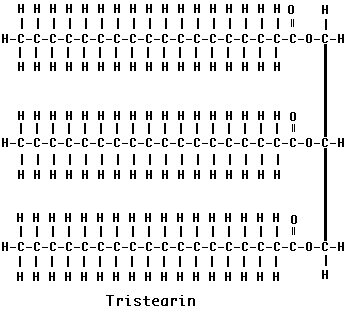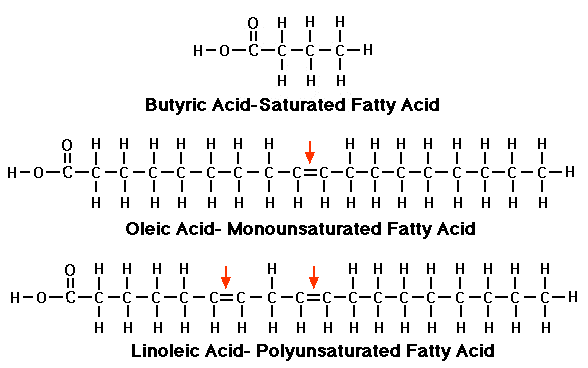Yep. And the human body is an isolated system. 
When somebody loses weight, where does the fat go?
I had read the underlying research article before. Made perfect sense. That is why it seems like you are peeing off your weight, because of the water loss portion, which we can detect.
We rarely think about how much the oxygen we absorb from each breath weighs, or how much the carbon dioxide we exhale weighs, and how that one little carbon atom in every CO2 molecule we breathe out is where most of the weight goes.
That carbon is the soot from the biological fire as we oxidize the hydrocarbons from digested food to generate energy to fuel our body processes and movement.
And in fact, if we are breathing, we are losing weight at a pretty steady rate every day - about 0.5 to 0.7 pounds depending on metabolic rate. All we can do is manage how much of that we replace by eating.
One interesting takeaway was that physical activity increases metabolic rate while you are doing it, causing you to breathe a bit more often, which means more carbon is exhaled, compared to doing nothing. But the increase is not huge, and running for a full hour would equate to about an extra 47g of carbon+water loss per day, or about one-tenth of a pound.
So yes, I do believe if you move more without eating more, you lose a little more weight. But food intake is a much bigger lever, so it doesn’t take a lot of additional food to replace the extra carbon exhaled from increased activity.
The sheer fact that we KNOW that moving more and eating less isn’t the solution means Ben Greenfield got some key details wrong in the cause->effect analysis
Interesting, I watched 1 season of biggest loser and decided I could not stand Jillian and I never watched it again! 
I am assuming “moving more” is more about breathing as each human breath contains 33 mg. CO2 with 8.9 mg comprised of carbon output.
Each calorie: carbohydrates (sugar; is almost like charcoal), fat and protein contains 2 carbon atoms or may even contain up to 4 for output?[5][6]
Hard for some to swallow but the human body can be in several different states simultaneously or more of one and not enough of the other; chemical, mechanical or thermal but notice it says “Majority?” It does not say ‘all of the weight loss occurs this way’ ???
Majority of weight loss occurs 'via breathing’
"None of this biochemistry is new," say the authors, "but for unknown reasons it seems nobody has thought of performing these calculations before. The quantities make perfect sense but we were surprised by the numbers that popped out."
The results suggest that the lungs are the main excretory organ for weight loss, with the H20 produced by oxidation departing the body in urine, feces, breath and other bodily fluids.
On average, a person weighing 70 kg will exhale around 200 ml of CO2 in 12 breaths each minute. The authors calculate that each breath contains 33 mg of CO2, with 8.9 mg comprised of carbon. A total of 17,280 breaths during the day will get rid of at least 200 g of carbon, with roughly a third of this weight loss occurring during 8 hours of sleep.
The carbon that is lost through exhalation is only replaced through the consumption of food and beverages such as fruit juice, milk and soft drinks. “Keeping the weight off simply requires that you put less back in by eating than you’ve exhaled by breathing,” state the authors.
”…Eat less, move more…”
The amount of carbon that is lost can be increased with exercise. By substituting 1 hour of rest for 1 hour of moderate exercise such as jogging, the metabolic rate is increased sevenfold, removing an additional 40 g of carbon from the body, increasing the daily total by around 20% to 240 g.
However, this can easily be offset with unhealthy eating. A single 100 g muffin, for example, provides around 20% of an average person’s total daily energy requirement. “Physical activity as a weight loss strategy is, therefore, easily foiled by relatively small quantities of excess food,” write the authors. The solution is a traditional one - “eat less, move more.” …More
Footnotes:
[1] Your Sugar Might Be Made With Animal Bones. Sorry, Vegans. …And here’s the bone-chilling truth…
[3] “…concentrated sulfuric acid, granulated table sugar performs a degradation reaction which changes its form to a black solid-liquid mixture…” …More
[5] FATS: They may contain as few as 4 carbon atoms or as many as 24. Because fatty acids are synthesized from fragments containing two carbon atoms, the number of carbon atoms in the chain is almost always an even number. …More


[6] “…Carbon is the primary component of macromolecules, including proteins, lipids, nucleic acids, and carbohydrates. …” …More
Check out my comment I made at KetoCon2019
“When somebody loses weight, where does the fat go?”
I’m perfectly happy to answer that question with a one word answer: “Away!”


Or hopping  more? …lol
more? …lol
“The Hopping Roos of Australia Solve World Obesity Epidemic!”

YES. Inhale less, exhale more! 
Seriously though, how many ways are there to restate the second law of thermodynamic theory of weight loss? It still avoids the basic question of the availability of fat as a substrate. If fat is not available due to high insulin levels how is it ever going to be exhaled?
I like to think of it as a gas/electric hybrid vehicle…
What’s supposed to happen is the battery powers the car until it reaches a low state of charge, or the power requirement to move the vehicle overwhelms the battery’s capacity to discharge at the rate required. Then the engine kicks in to recharge the battery. Now what if there’s a defect where the battery gets charged but there’s a blown fuse in the circuit to power the car? The engine will run all the time to power the car and keep trying to charge the battery even though it is already full.
Battery = fat
Engine = food
Defect = high insulin
In thinking about this exhaling fat I suppose this is why I need to clean the inside of the windshield from time to time. Also thank God the burning of fat doesn’t result in black ash. I would hate to see the the result of that.
I’ve always wondered where all that stuff on the windshield came from!
Yes it turns to CO2 and water but exhaling more doesn’t cause more fat loss.
It would be interesting if there’s data on change in fat metabolism under hyperbaric (higher pressure) or hyper-oxygen environments… also, would CO2 purging breathing techniques change anything… hmmm
…Hmmmm
According to Wim Hof this is how he survives cold environments (hormetic) which I think has to do with the size of his spleen (the bigger your spleen the less oxygen you need within a longer amount of time like e.g. seals and whales) and respiratory cardio synchronization? Want a bigger spleen and longer telomeres; BREATH MORE?
Wim Hof breathing tutorial by Wim Hof:
- Don’t take the method and techniques too lightly, they go deep and the effects can have a huge impact.
- Don’t do the breathing exercises in a swimming pool, before going underwater, beneath the shower or piloting any vehicle, without proper supervision. Always practice in a safe environment.
- Keep in mind to do the exercises without forcing them, gradually build up and don’t exceed your limits.
You could probably run 30 miles and barely be out of breath in a hyper-oxygenated environment and you could probably live 900 years max but your bones would much thicker.
That would be twice the earths atmospheric or current atmospheric pressure with a stronger electromagnetic field projected by the earths core (multi-polaric thermal nuclear reactor; we only see two electromagnetic poles right now).
This type of environment would push oxygen into the blood which changes the parameters on longevity if you could escape cosmic radiation i.e. crystalline particles and hydrogen (ocean water) around the earths stratosphere etc.
This is what drives Dr. Fung nuts. It’s like saying “To be rich, bring in more money than you spend”. It’s true but trivially true and ignores budgeting, investing, increasing earning power, etc
Am I the only person alive never to have watched this show?  . I know it by reputation of course and I think I saw glimpses of some early shows on TVs in pubs once, but that’s about it.
. I know it by reputation of course and I think I saw glimpses of some early shows on TVs in pubs once, but that’s about it.
These reality shows never interest me. Give me a good murder mystery or Time Team.
This reminds me of a question asked if Harvard grads just after graduating. The question was “where do trees get their mass?” Less than half got it right. It’s not the soil nor the rain nor sunlight. Amazingly, it is the air! They absorb CO2 as everyone knows and release O2 and are made of carbon. It’s amazing to think that huge sequoias and redwoods got their size from “thin air”!

